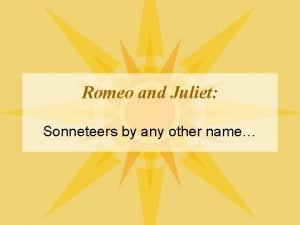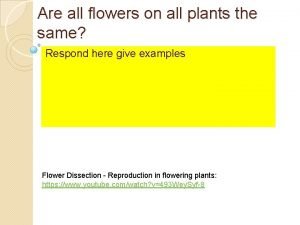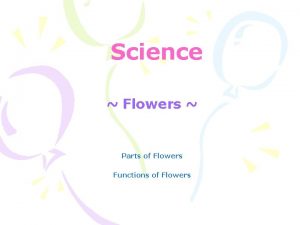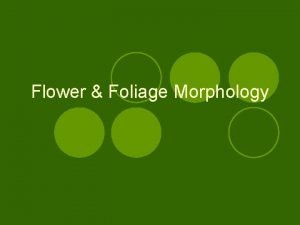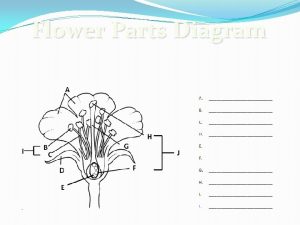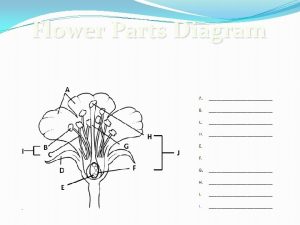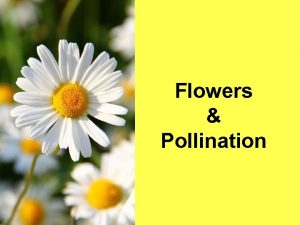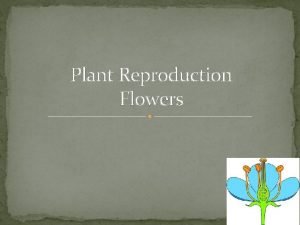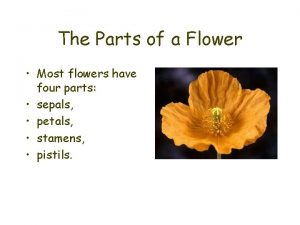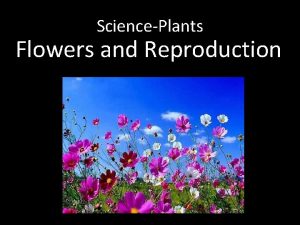Parts of Flower Parts of Flower The flowers













- Slides: 13

Parts of Flower

Parts of Flower The flowers are beautiful to us. But for plants, they serve an important function. Flowers are a way to produce seeds to reproduce. In many cases, the male and female flowers are roughly equivalent to the male and female animals. The male flowers are called pollen from the anther and is built on top and graphite fibers that support or anther.

The sexual nature of flowers and the role of the many forms, colors and scents in attracting pollinators was discovered in 1759 by Arthur Dobbs.

Angiosperms Flowering plants that have a condensed shoot tip specialized for reproduction. Magnolia hibiscus

Anthers The bright yellow sacs that produce and contain the pollen grains. Anthers

Gametes The sex cells of a flower, both male and female. The gametes are porduced within the anthers of the male part and the ovary of the female part of the flower. Gametes

Nectaries The tissue at the base of a flower (or elsewhere) that secrete nectar. Some plants, such as cotton, have nectaries on the leaves or stems. These are called extrafloral nectaries, and may serve to attract beneficial insects. An example is the extrafloral nectaries of peonies (a flower) that attract ants that in turn protect the unopened flower buds from caterpillars. Nectaries

Ovary The base of the female portion of the flower containing the ovules which become seeds. Ovary

Perfect flowers contain both the male parts and female parts within a single flower structure. Petals. The colorful, thin structures that surround the sexual parts of the flower. Not only attract pollinators, but also protect the pistil and stamen. May also produce a scent. Pollen grains. The powdery particles that contain the male sex cells (gametes). Also a nutritious, protein-rich food for bees. Pollination. The act of transferring pollen from the anther to the stigma. The pollen may be carried by the wind or water, but is usually transported by a gobetween insect, bird or bat. Sepals. Commonly green, leaflike structures that protect the bud prior to opening. Stamen. Male part of flower consisting of anther and filament. Stigma. Sticky surface where the pollen lands and germinates.

Perfect flowers contain both the male parts and female parts within a single flower structure. Perfect flower

Petals. The colorful, thin structures that surround the sexual parts of the flower. Not only attract pollinators, but also protect the pistil and stamen. May also produce a scent. Petals.

Pollen grains. The powdery particles that contain the male sex cells (gametes). Also a nutritious, protein-rich food for bees. Pollen grains

Sepals. Commonly green, leaflike structures that protect the bud prior to opening. Sepals
 What are the factors of 16
What are the factors of 16 Motifs in romeo and juliet
Motifs in romeo and juliet Sweet flower with flowers thy bridal bed i strew
Sweet flower with flowers thy bridal bed i strew Zucchini male and female flowers
Zucchini male and female flowers Flower
Flower Mật thư anh em như thể tay chân
Mật thư anh em như thể tay chân Tư thế ngồi viết
Tư thế ngồi viết Tỉ lệ cơ thể trẻ em
Tỉ lệ cơ thể trẻ em Thế nào là giọng cùng tên
Thế nào là giọng cùng tên Thẻ vin
Thẻ vin Thể thơ truyền thống
Thể thơ truyền thống Các môn thể thao bắt đầu bằng từ đua
Các môn thể thao bắt đầu bằng từ đua Từ ngữ thể hiện lòng nhân hậu
Từ ngữ thể hiện lòng nhân hậu Khi nào hổ mẹ dạy hổ con săn mồi
Khi nào hổ mẹ dạy hổ con săn mồi


